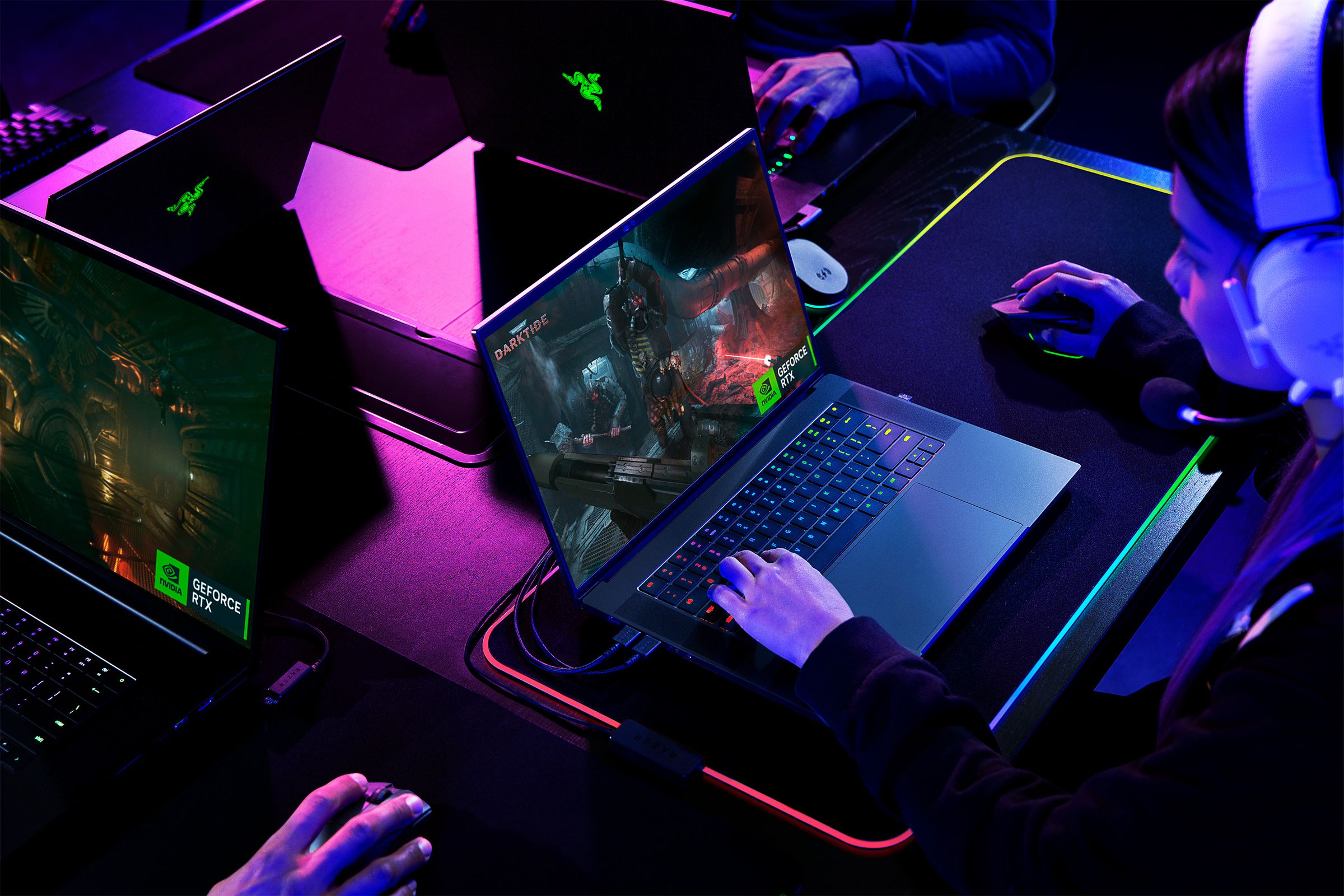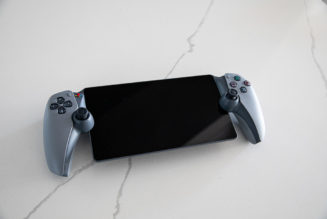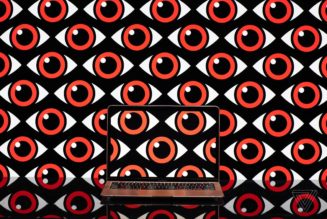Some notable products have already appeared in the Wi-Fi Alliance’s certification database.
Share this story

The Wi-Fi Alliance announced at the beginning of CES last week that it had begun certifying Wi-Fi 7 devices. Not having the certification doesn’t mean a device won’t work, but it does mean that it’s been confirmed to work within the standard’s specification and is therefore compatible with other Wi-Fi devices. Handily, the Wi-Fi Alliance has a searchable database of what’s certified, and a few notable ones have already earned the Alliance’s stamp of approval for the new standard.
You may already have a Wi-Fi 7 smartphone if you own the Samsung Galaxy S23 Ultra. Qualcomm’s FastConnect 7800 network adapter, which is now certified for the new Wi-Fi standard, is included with Samsung’s 2023 flagship phone. The only trouble is, to date, Samsung hasn’t enabled the feature. It would be a significant upgrade if it did, though, even if it only gets half of the 5.8Gbps throughput that Qualcomm claims on its site (given a Wi-Fi 7 router and a fast enough internet connection, that is).
If you plan to buy a laptop this year, chances are good you’ll end up with a certified Wi-Fi 7 Wi-Fi chipset in that, too. That’s because of the Intel BE200 card that’s in laptops that were announced at CES, like the new Razer Blade 16. It will also show up in others as the year wears on. Intel claims up to 5,800Gbps throughput on the 6GHz band with the BE800, just like Qualcomm’s smartphone chip.
Wi-Fi 7 is the next version of Wi-Fi to follow Wi-Fi 6E. Like Wi-Fi 6E, the protocol works on the 2.4GHz, 5GHz, and 6GHz bands, and it’s backward-compatible with devices that precede it. Wi-Fi 7 promises faster throughput through features like 320MHz channel bandwidth, which is twice what’s offered on Wi-Fi 6E; Multi-Link Operation, which combines bands into a single, faster, and more stable connection; and improved interference handling.
The standard hasn’t yet been finalized, however, and there are no client devices — phones, laptops, and so forth — that support it, putting current Wi-Fi 7 routers very firmly in the early adopter market. Still, there may be some benefits from using Wi-Fi 7 mesh systems, which will be able to take advantage of the features listed above for faster, more stable wireless backhaul connections between nodes.
Of the several Wi-Fi 7 routers on the market now, TP-Link’s Deco BE85 mesh router and Archer BE800 are the only consumer-grade Wi-Fi 7 routers for sale that now appear on the Alliance’s list. The Archer BE800 is a tri-band router with dual 10Gbps ports and two 2.5Gbps ports. It’s also compatible with Wi-Fi EasyMesh, a brand-agnostic Wi-Fi mesh standard that should mean it works with any other EasyMesh router. The Deco BE85 is a dedicated mesh router that only uses TP-Link’s proprietary mesh technology. You’ll pay for either router, though — a two-pack of Decos is $999.99 while the Archer sells for $599.99.









